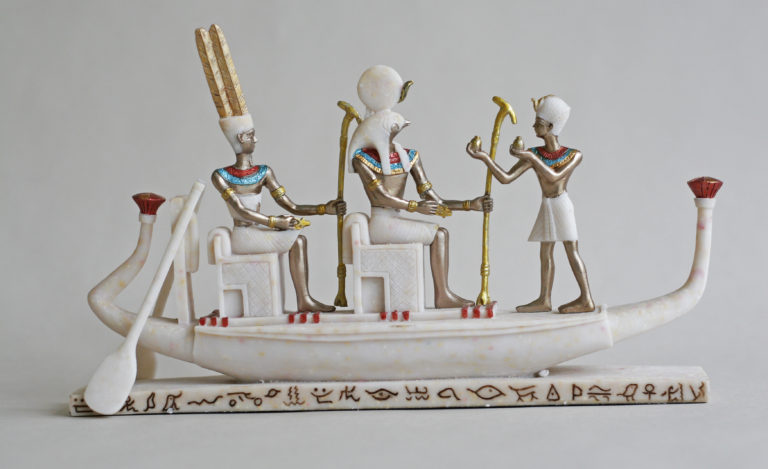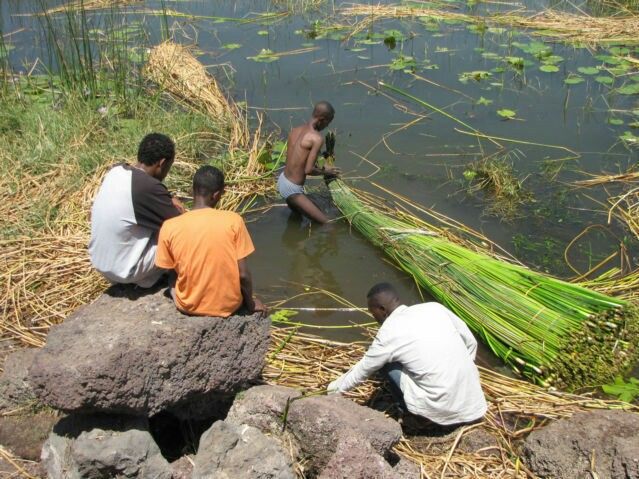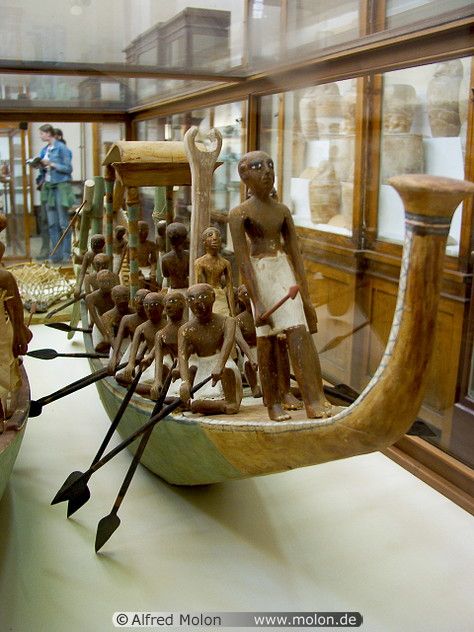


'WHATEVER HAPPENED TO ISHTAR?' *Fifteen+ Reviews (1).Video: Papyrus as used in Ancient Egyptian times. Viking Ras fleetmates in Egypt are the sisterships Viking Osiris (2022-built) and Viking Aton (2023). It also pays homage to Norwegian explorer Thor Heyerdahl (1914-2002) and his papyrus-reed boats Ra and Ra II. This top-luxury Nile cruiser is named after the ancient Egyptian Sun god Ra. He was appointed a government scholar in 1984. Papyrus could never survive in damp climates, such as northern Europe, as it went soft, so it has always been a writing material of desert lands. The boats itinerary program started in March 2018. Heyerdahl made other voyages to demonstrate the possibility of contact between widely separated ancient peoples, notably the Ra II expedition of 1970, when he sailed from the west coast of Africa to Barbados in a papyrus reed boat. The typical boat was long and thin and the ends came to a point that stuck out of the water. Parchment would take more bending and could be folded and made into books. Most of the papyrus boats were small and were steered with oars and poles. Boats were used to carry everything from grain and cattle to coffins and building blocks. Papyrus is fairly brittle, so was used in sheets or made into rolls we know as scrolls.īy the first century BC, parchment (thin animal hide) was invented as a writing material and papyrus went out of fashion. Toggle text The River Nile was the main highway of Ancient Egypt. After drying, the sheet was polished by rubbing a stone over it.

The sheet was then dried while keeping it under pressure of a plank of wood with stones on top. While still moist, the layers were hammered together, crushing the layers into a single sheet. Egyptologists suspect that simple light rafts made from bundled papyrus reeds may have been made by hunter-gatherers who moved to the Nile Valley during the. The Ancient Egyptians built boats from papyrus reeds, which were widely cultivated along the Nile River and Delta. Papyrus was made by pulling off the outer hard coat of the stem and then cutting the sticky fibrous inner pith into thin strips. in Egypt by boatbuilders Heyerdahl hired from Lake Chad, where reed boats are commonplace. Egyptians were more resourceful than just using the papyrus for paper, however, and they used bundles of the stems to make reed boats, mats, rope, sandals, and baskets. Ra, either of two papyrus boats with which the Norwegian. Papyrus was being used as early as the very first pharaoh (king). It grew all over the wetlands of the Nile, from Sudan to the Nile Delta. Papyrus is a swampland sedge, something like a rush. Papyrus is a thin paper-like material made from the insides, or pith, of the papyrus plant.


 0 kommentar(er)
0 kommentar(er)
